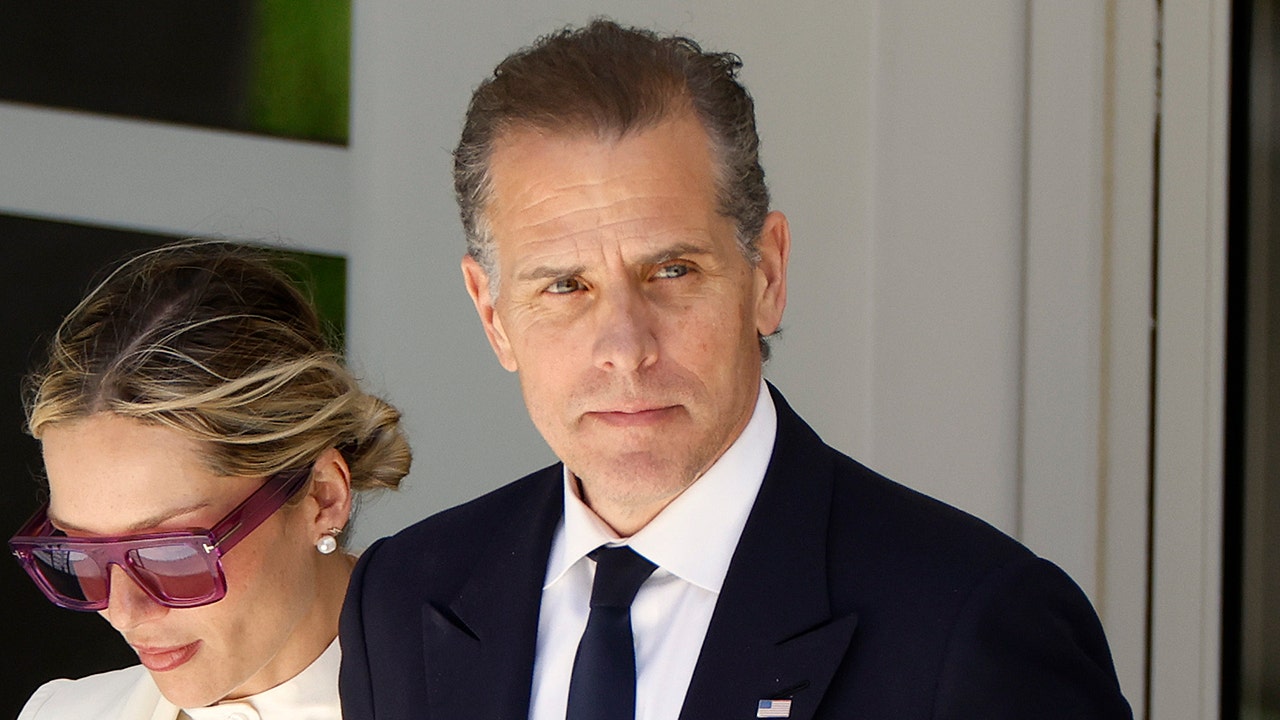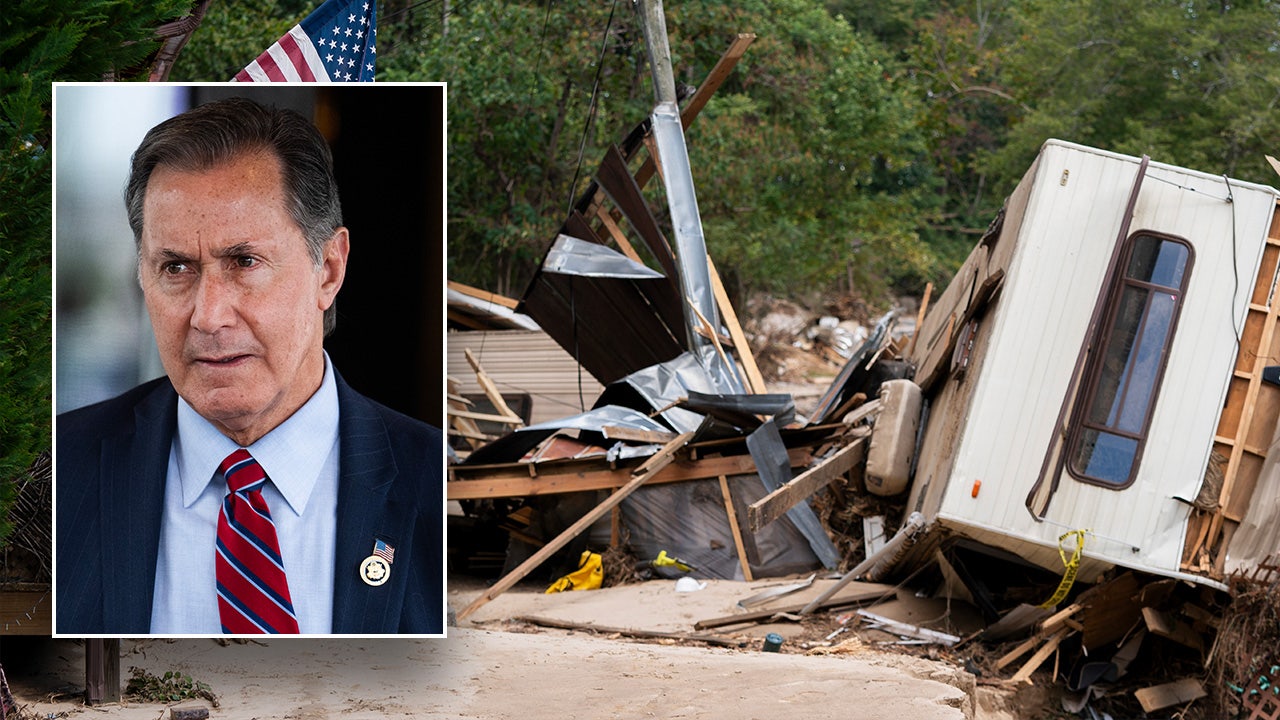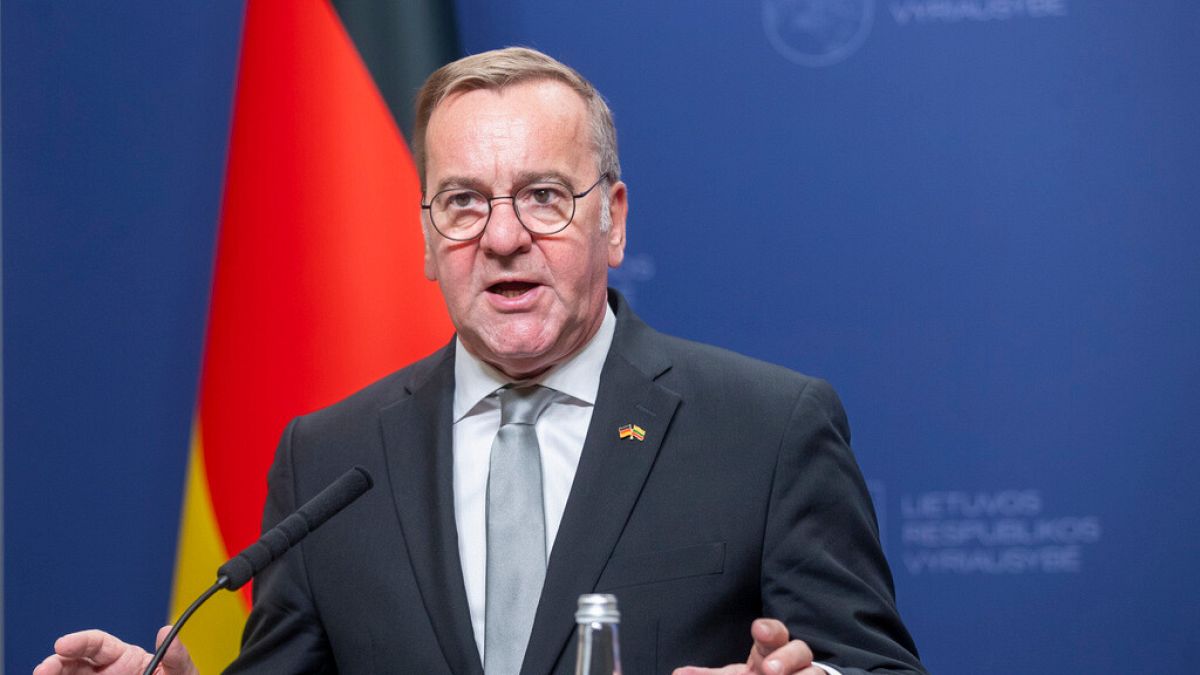Minnesota
What’s Minnesota’s Asian-American and Pacific Islander history?
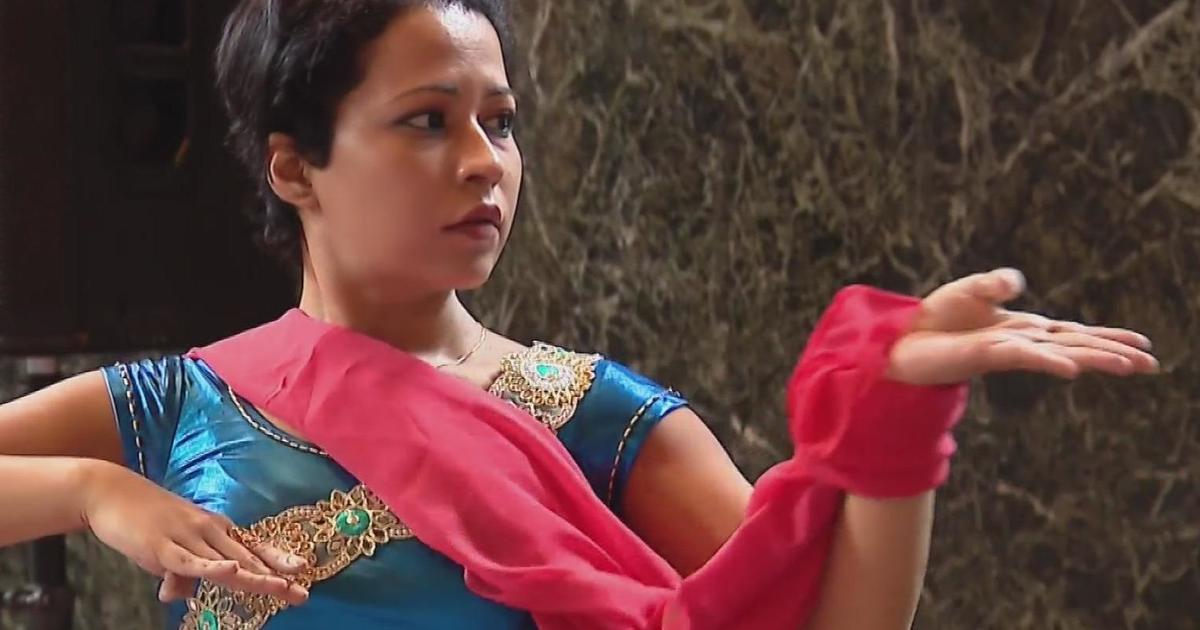
MINNEAPOLIS — Minnesota’s diversity grows every year. Of the top five immigrant groups in the state, two come from Asia. So what exactly is Minnesota’s Asian-American and Pacific Islander history? Good Question.
While it dates back more than century, key points in history had a great influence.
Both University Avenue in St. Paul and Nicollet Avenue in Minneapolis take drivers today on a tour and taste of Asia. Chef Tammy Wong leads Rainbow Chinese Restaurant, a highly-successful staple on Eat Street for more than 30 years.
Her family’s story in Minnesota started in 1983. They lived in both California and New York prior. But their story of coming to the United States is shared by many Asian families.
“We were a refugee [family]. We live in Hong Kong,” Wong said, adding that former Vice President Walter Mondale visited their refugee camp while she was there.
ThaoMee Xiong’s journey to Minnesota started in Wisconsin.
“I was born in Laos and then we fled and lived in refugee camps for three years,” said Xiong, executive director of the Coalition for Asian American Leaders.
Xiong’s journey to Minnesota started in Wisconsin.
“We were sponsored by a Catholic church. I think we were extremely lucky because we had a church sponsor us. Families in Minnesota that had churches sponsor them and had that support system, they fared a lot better,” she said.
Hmong families like hers were part of the mass influx of political refugees who came to the U.S. starting in the 1970s. More than 15,000 Hmong people would soon call Minnesota from 1979-1996, according to the Minnesota Department of Health.
About 15,000 Vietnamese refugees made a similar trek to Minnesota during that span. It was a turning point in the state’s Asian population, but not the beginning. That came in the 1870s, when Chinese people settled in St. Paul, many to escape racial discrimination on the West Coast.
Chinese, Japanese and Filipino immigrants made up the majority of the state’s Asian population at first, many coming as laborers or foreign exchange students.
The demographics have since changed dramatically. There are nearly 350,000 Asian Pacific Minnesotans, according to the 2020 U.S. Census.
The top group, or about a quarter, is Hmong, at 88,579. That’s followed by Asian Indians at 52,687. Chinese living in Minnesota are third at 39,622. No other state shares the same top three population order of Asian Pacific groups.
There are dozens of Asian and Pacific island countries and ethnicities represented in Minnesota, along with several religions. Xiong said there are more than 100 languages spoken in the different communities.
“Those three things combined together means we have a very robust Asian Minnesotan population, but also one where there’s a lot of opportunity to build solidarity,” Xiong said.
For Chef Wong, solidarity happens on her menu, since many of her ingredients come from local Hmong farmers.
“Whenever I go to different city, different state, I see Asian farmers everywhere,” Wong said, adding that their crops helped infuse her foods with more authentic flavors.
From farming, to business ownership, and more recently politics, Asian Pacific islander influence continues to grow in Minnesota. Many immigrants who come today see professional opportunities, education, and a different social environment.
“We decided to be here and wanted to be here, continue to be here and not leaving the neighborhood,” Wong said.
Her family includes two sisters who also own businesses in Minneapolis. They all live in the city.
Speaking to WCCO while at the Hmong Cultural Center in St. Paul, Xiong said, “These stories that you are producing will help to normalize Asian Minnesotans being a part of our community. And hopefully, we get to the point where we won’t have to say ‘Asian Minnesotans.’ We can just say ‘as a Minnesotan.’”
Hennepin and Ramsey counties have the highest population of Asian Pacific residents in the state. Thousands more live in the surrounding metro communities, with large populations numbering in the thousands also living in Stearns, St. Louis and Olmsted counties.

Minnesota
Minnesota Democratic Party Chair Ken Martin launches a bid to lead the DNC

Minnesota Democratic Party Chair Ken Martin has formally announced his bid to lead the Democratic National Committee, as the party attempts to piece itself together following a stinging defeat against Donald Trump.
“If you’re looking for a creature of D.C., that’s not me. But I do know how the DNC works and how it isn’t working,” Martin said in a video posted to social media Tuesday morning, adding, “We need to reconnect our ideas — which we know are popular in red, blue and purple states across this country — back to our party and to our candidates.”
Martin, a DNC vice chair and leader of the Association of State Democratic Committees, has gained early traction with some delegates, according to interviews with several state DNC members. He joins Martin O’Malley, former presidential candidate who announced Monday he would run for the post.
Martin is a big backer of the DNC acting as an umbrella organization that strengthens state parties across the board.
“That’s certainly not the only thing that the DNC does, but it’s one of probably the most important partnerships that the DNC has is with its state party chairs, vice chairs, executive directors, who are on the ground running these programs,” Martin said in an interview last week. He calls it the 57-state strategy, including all 50 states and territories, as well as Washington, D.C., and Democrats abroad. “Whoever the next DNC chair is really has to, I believe, have a fierce commitment to making sure that they support the 57-state party strategy itself.”
Nebraska Democratic Party Chair Jane Kleeb is among those backing Martin, saying in an earlier interview that she was interested in seeking the ASDC chair post that Martin now holds.
Wisconsin Democratic Party Chair Ben Wikler is also interested in a run.
“Ben is seriously considering a run,” a person with knowledge of Wikler’s thinking told NBC News on Monday.
Also, Rahm Emanuel — who is serving as the U.S. ambassador to Japan and was previously the mayor of Chicago, a congressman and chief of staff to President Barack Obama — has floated interest in the role, according to three people, and has done some outreach to DNC members, according to one person familiar with the matter.
Minnesota
NEXT Weather: 10 p.m. forecast for Minnesota on Nov. 18, 2024

Watch CBS News
Be the first to know
Get browser notifications for breaking news, live events, and exclusive reporting.
Minnesota
NEXT Weather: 4 p.m. report on Nov. 18, 2024

Watch CBS News
Be the first to know
Get browser notifications for breaking news, live events, and exclusive reporting.
-

 News1 week ago
News1 week agoHerbert Smith Freehills to merge with US-based law firm Kramer Levin
-
/cdn.vox-cdn.com/uploads/chorus_asset/file/25724877/Super_Nintendo_World.png)
/cdn.vox-cdn.com/uploads/chorus_asset/file/25724877/Super_Nintendo_World.png) Technology1 week ago
Technology1 week agoThe next Nintendo Direct is all about Super Nintendo World’s Donkey Kong Country
-
Business6 days ago
Column: OpenAI just scored a huge victory in a copyright case … or did it?
-

 Health6 days ago
Health6 days agoBird flu leaves teen in critical condition after country's first reported case
-

 Business3 days ago
Business3 days agoColumn: Molly White's message for journalists going freelance — be ready for the pitfalls
-
Politics1 week ago
Editorial: Abortion was on ballots across the country in this election. The results are encouraging
-
World7 days ago
Sarah Palin, NY Times Have Explored Settlement, as Judge Sets Defamation Retrial
-

 Politics2 days ago
Politics2 days agoTrump taps FCC member Brendan Carr to lead agency: 'Warrior for Free Speech'

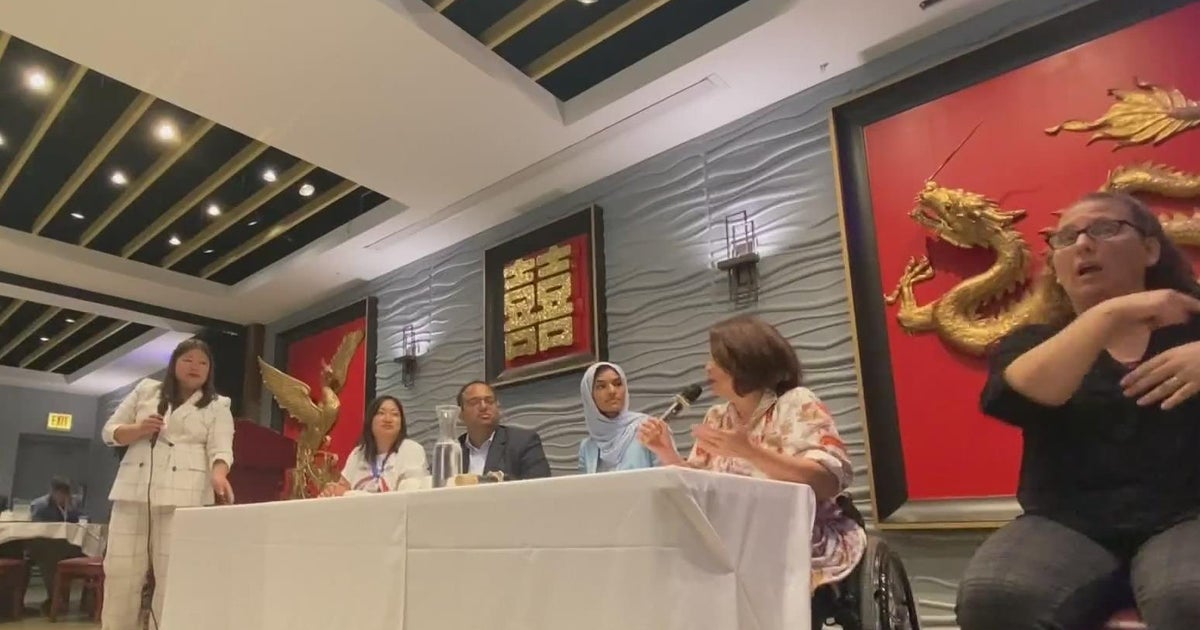




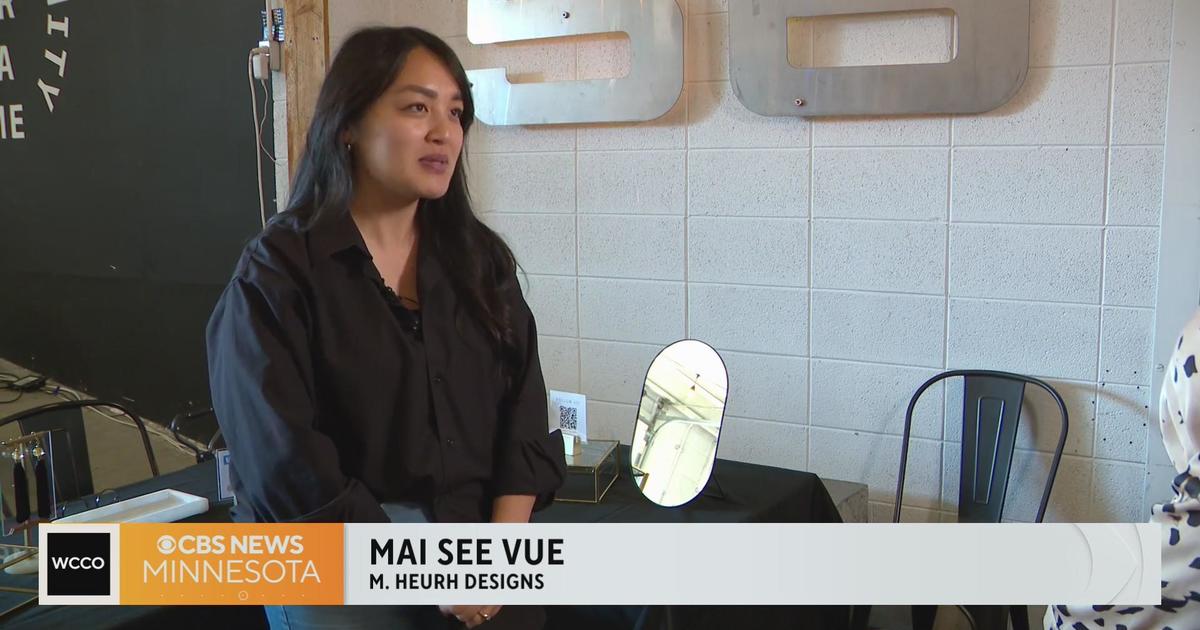




/cdn.vox-cdn.com/uploads/chorus_asset/file/25742142/Aqara_Valve_Controller_T1.jpg)





